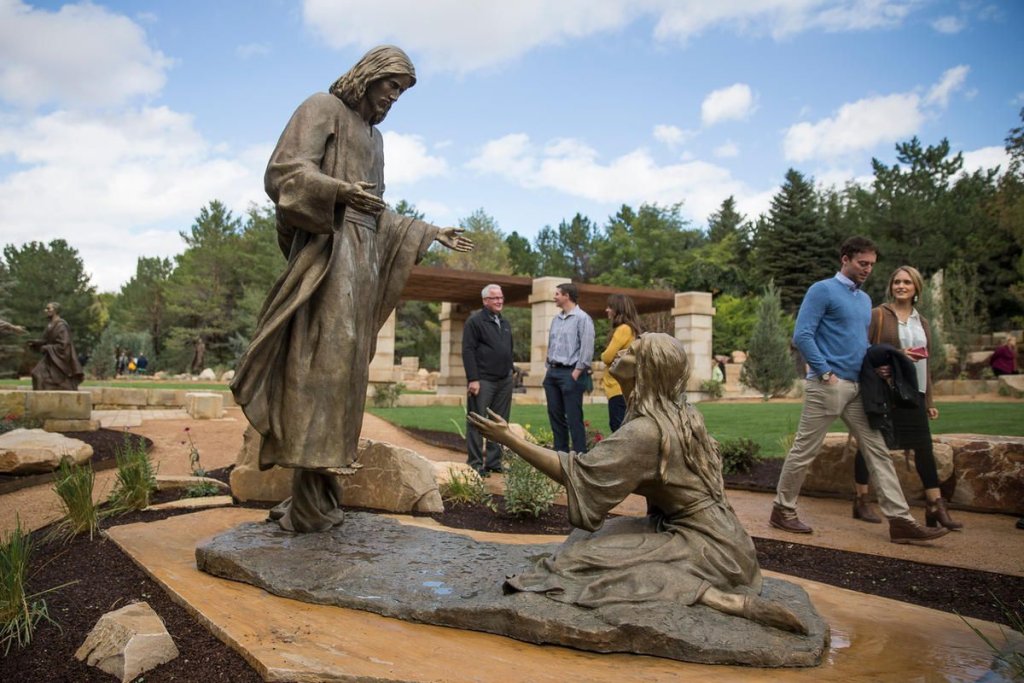
How many jesus statues are there in the world? The image of Jesus Christ holds a pivotal position in Christian culture, and his statue is a symbol of faith worldwide. The statue of Jesus is widely present in churches, public places, and private fields in its different forms and styles. However, it is not easy to determine the exact number of Jesus statues on a global scale. This article will attempt to explore this issue by analyzing the distribution, types, and historical origins of Jesus statues, in order to better understand the existence of these works of art with religious and cultural significance in the world.
1. Diversity of Jesus Statues
There are various forms of Jesus statues, which can be stone, copper, fiberglass, stainless steel, wood, painting, rubbings, and other media forms of expression. In terms of style, there are various art schools, such as Byzantine art, Renaissance art, Baroque art, etc., each of which provides a unique interpretation of the image of Jesus. In Christian communities and churches around the world, people can see different forms of Jesus statues, which play an important role in conveying faith and inspiring devout emotions.
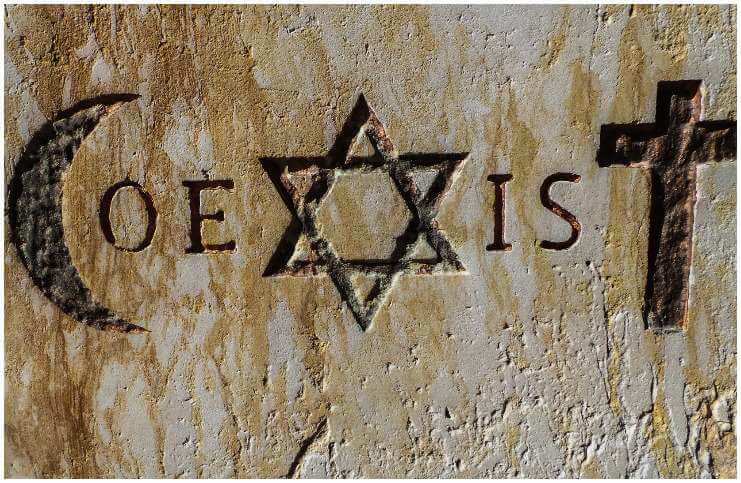
2. Religious background and history
The existence of Jesus statues is closely related to the rise and development of Christianity. Early Christians carved some rudimentary Jesus statues in underground churches, which were often secret religious symbols representing their loyalty to their faith. With the legalization and growth of Christianity, the statue of Jesus gradually moved from underground to sunlight, becoming an important means of religious ceremony and belief transmission. In the Middle Ages, churches and monasteries became the main production and protection sites for Jesus statues. Through sculpture and painting, artists presented Jesus’ life, teachings, and love for redemption to believers in a visual way.
3. Jesus statues from around the world
Christian cities: Rome, Paris, Jerusalem, and other Christian cities are the main distribution areas for Jesus statues. The statues in churches and classrooms are often artistic masterpieces, representing a unique fusion of local culture and beliefs.
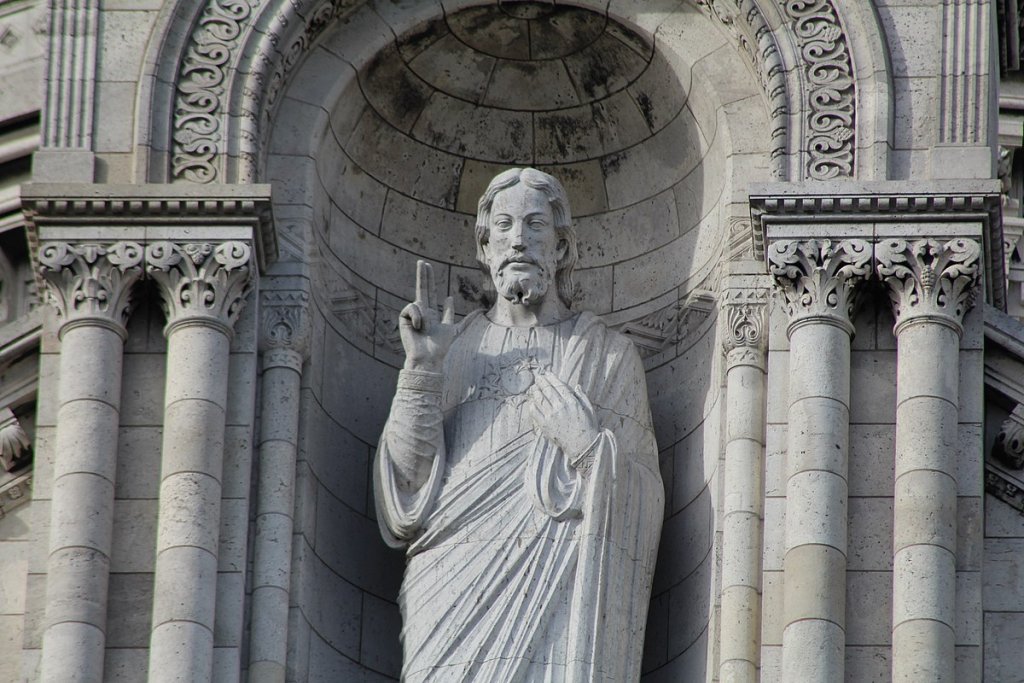
Latin America: Latin America is a region with a strong Christian faith, especially in countries such as Mexico and Brazil. People can see a large number of Jesus statues on the streets, churches, and squares, some of which have strong local cultural connotations.
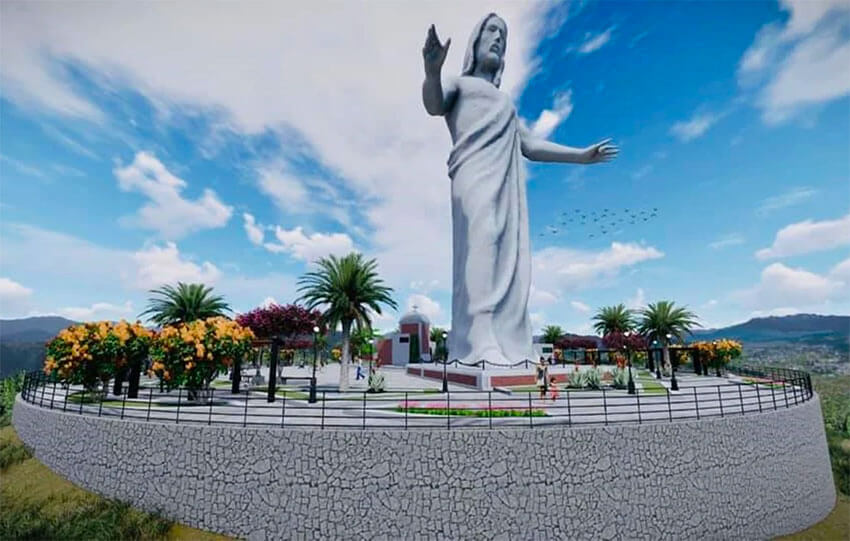
Asia and Africa: Although Christianity spread relatively late in Asia and Africa, unique Jesus statues can also be found in these regions, often incorporating local cultural elements.
Private sector: Many individuals and private institutions also own their own Jesus statues, which may have been made for personal beliefs, collections, or decoration.
4. The production process of the statue of Jesus
With the development of technology, the production process of Jesus statues is also constantly improving. The combination of traditional manual carving and casting techniques with modern digital sculpture and 3D printing techniques allows artists to express their understanding of the image of Jesus more freely. Some modern Jesus statues even incorporate elements such as lighting and sound, allowing viewers to experience religion more deeply while experiencing art.
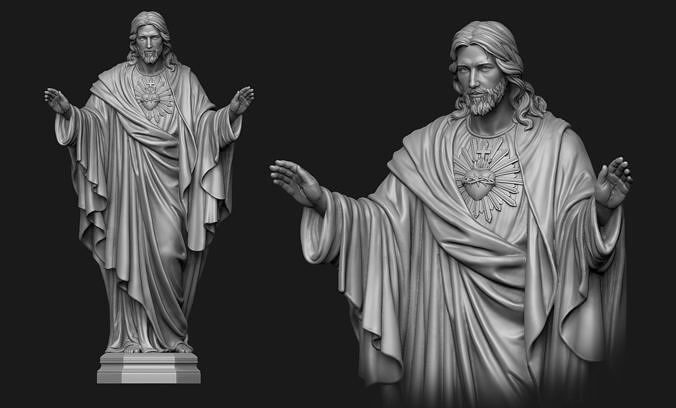
5. Jesus Statue and Cultural Exchange
The statue of Jesus, as a work of art with profound religious significance, also plays a positive role in cultural exchange. By creating the image of Jesus through artists from different regions and civilizations, people can better understand the diversity and inclusiveness of Christian beliefs around the world. At the same time, this also promotes communication and mutual learning between different cultures.
Although it is difficult to accurately count the number of Jesus statues on a global scale, it is certain that these statues play an indispensable role in Christian culture. They are not only part of religious rituals, but also carriers of art and culture. Through the study of the statue of Jesus, we can better understand the expression of Christian faith in different regions and historical periods, and feel humanity’s pursuit and reverence for the divine. In the future, with the continuous development of society and the diverse integration of cultures, the statue of Jesus will continue to play its unique artistic and cultural value around the world.
Send us your requirements now, we will reply to your email within 24 hours
